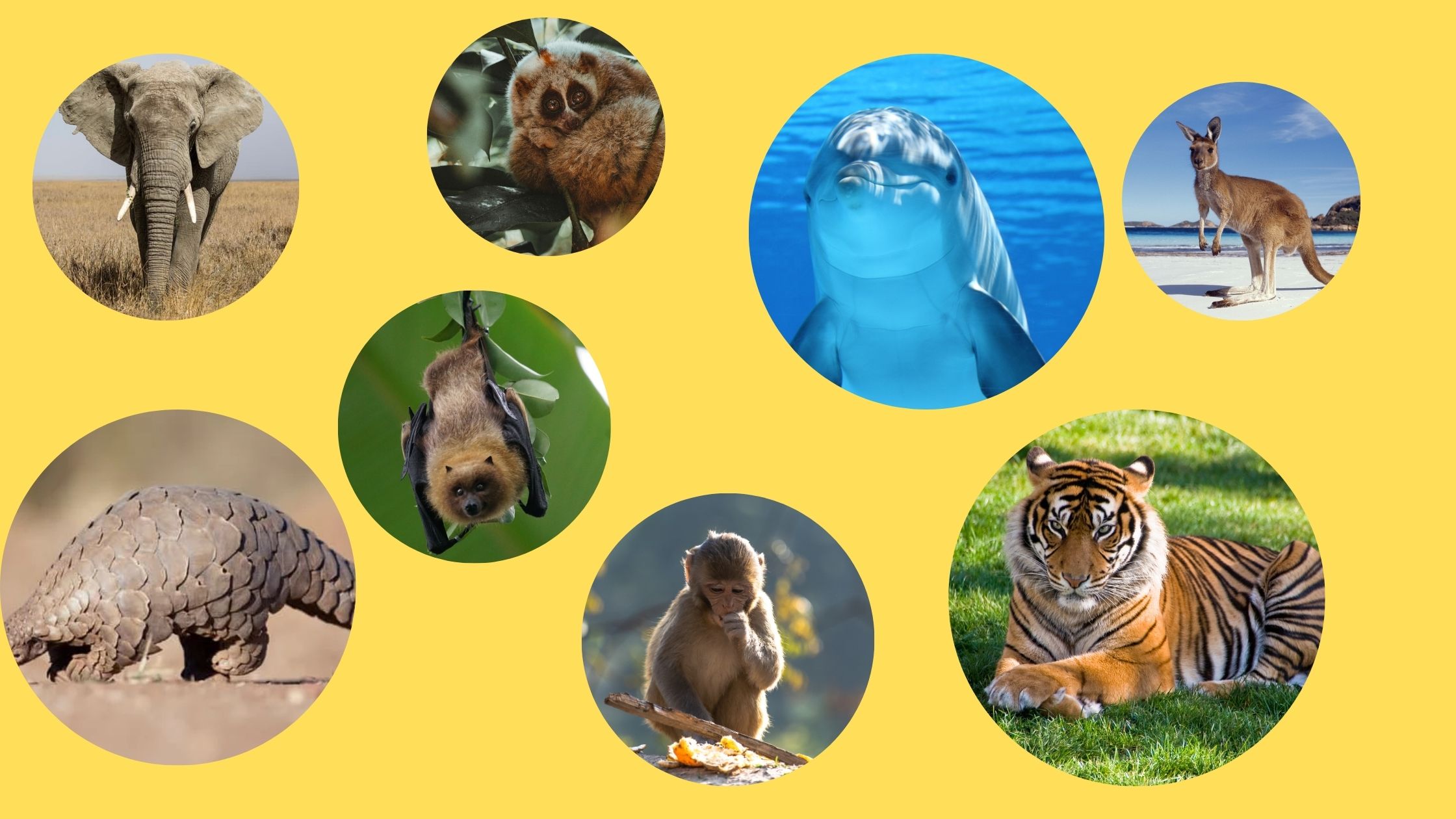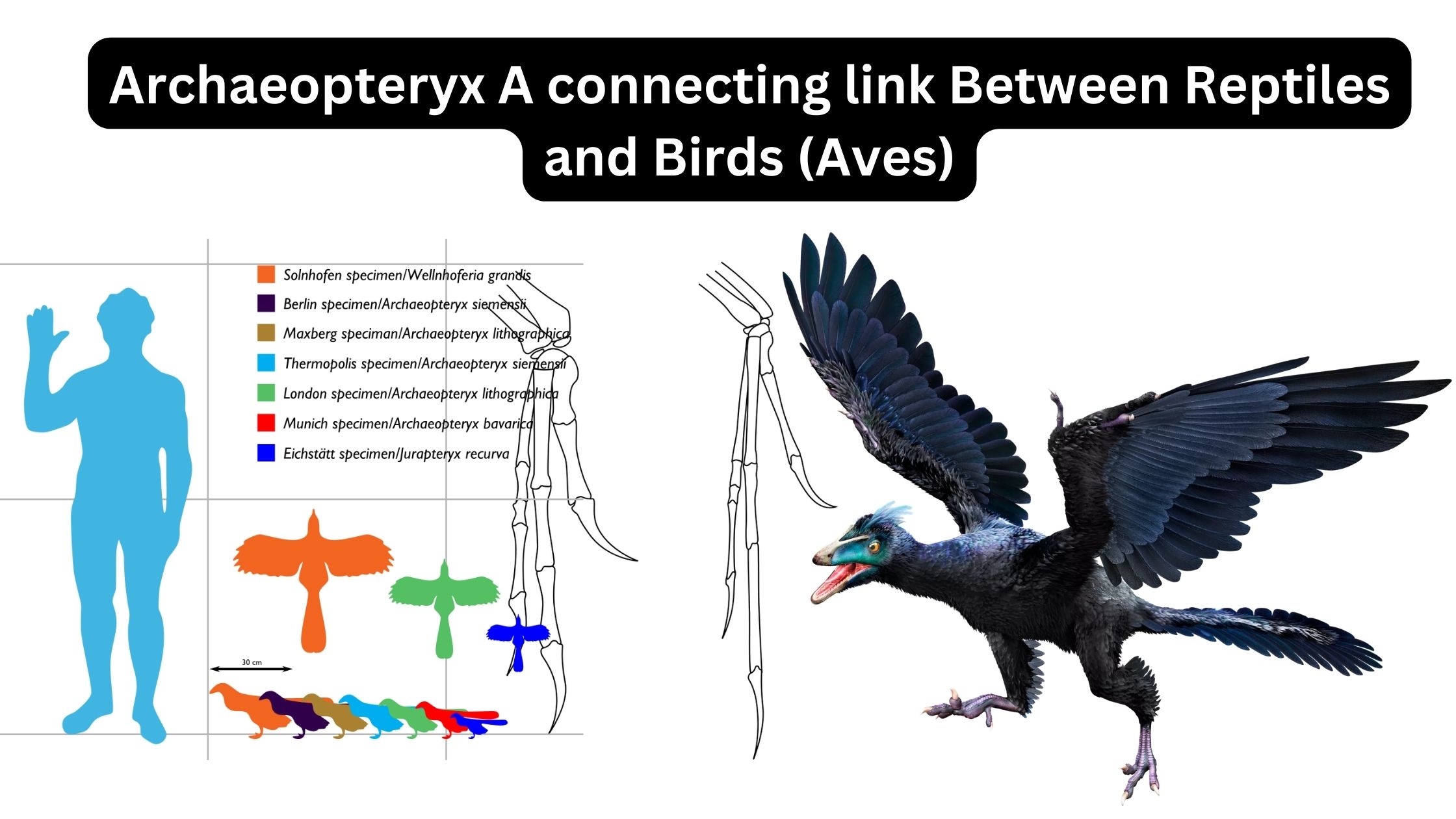Phylum Chordata – Characteristics and Classification
What is Chordata? Characteristics of Chordates Below are the main characteristics of chordates: In addition to the primary characteristics listed above, chordates share several other notable features: Anatomy of Chordates The anatomy of chordates encompasses a unique set of features that distinguishes them from other animal phyla. These anatomical characteristics manifest at various life stages … Read more









